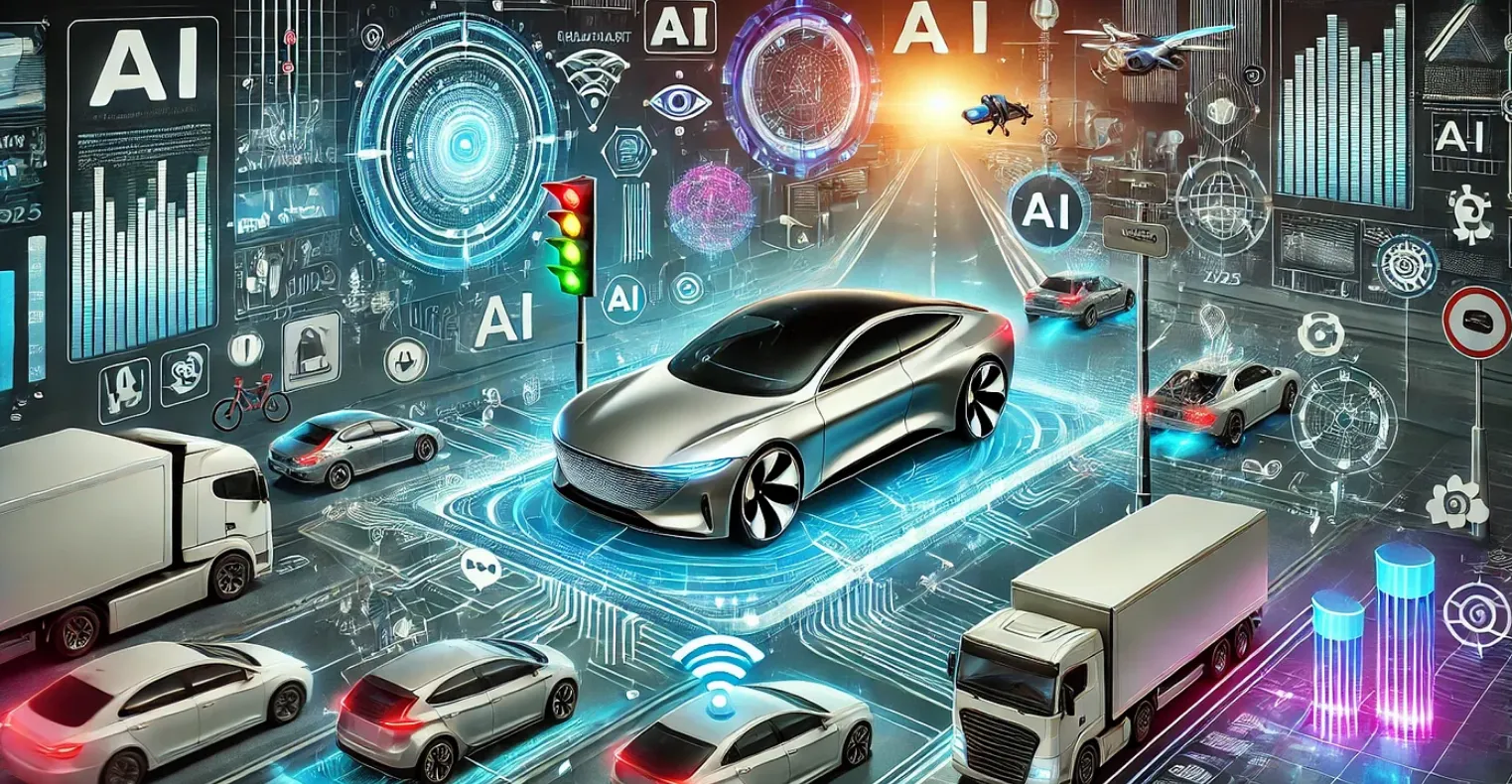
The automotive industry is undergoing a transformation unlike anything seen since the invention of the internal combustion engine. At the heart of this evolution are two powerful forces: artificial intelligence (AI) and electric vehicles (EVs). Together, they are reshaping not just how cars are designed and manufactured, but also how we think about mobility, sustainability, and urban living. The future of transportation will be defined by intelligent systems that enhance safety, convenience, and efficiency—while also reducing environmental impact.
The Rise of Electric Vehicles
For over a century, gasoline-powered cars dominated the roads. However, mounting concerns about climate change, rising fuel costs, and technological advancements have accelerated the adoption of EVs. Companies like Tesla, Rivian, BYD, and established automakers such as Ford, GM, and Volkswagen are investing billions into electrification.
EVs offer several key advantages:
- Sustainability – EVs produce zero tailpipe emissions, significantly reducing greenhouse gases when paired with renewable energy.
- Lower Operating Costs – Electricity is often cheaper than gasoline, and EVs have fewer moving parts, which translates to less maintenance.
- Performance Benefits – Instant torque from electric motors gives EVs impressive acceleration, while regenerative braking improves efficiency.
- Government Incentives – Many countries offer tax credits and subsidies to encourage adoption, making EVs more affordable.
As battery technology improves—particularly with advances in solid-state batteries—EVs will offer longer ranges, faster charging, and lower costs. This will make them a natural choice for the majority of consumers worldwide.
Artificial Intelligence in Automotive Technology
AI is another transformative force redefining mobility. Beyond powering infotainment systems and predictive maintenance, AI is central to the development of autonomous vehicles (AVs). By processing data from cameras, radar, lidar, and sensors, AI enables vehicles to perceive their surroundings, make split-second decisions, and navigate safely.
Key Applications of AI in Mobility:
- Autonomous Driving – Self-driving cars are progressing from advanced driver-assistance systems (ADAS) to fully autonomous vehicles. AI algorithms continuously learn from millions of miles of real-world and simulated driving data.
- Smart Traffic Management – AI can optimize traffic flow in cities by analyzing patterns and adjusting signals, reducing congestion and emissions.
- Predictive Maintenance – Machine learning models analyze sensor data to predict failures before they occur, reducing downtime and repair costs.
- Personalized Experiences – In-car AI assistants adapt music, navigation, and climate settings to driver preferences, enhancing comfort.
- Enhanced Safety Features – AI improves collision detection, lane-keeping, and emergency braking systems, saving lives.
The Synergy of AI and EVs
The real revolution lies in the intersection of AI and EV technology. Electric powertrains provide the perfect foundation for smart, connected vehicles, while AI unlocks their full potential.
- Autonomous EVs – Self-driving electric cars can serve as robotaxis, dramatically reducing the need for private ownership and changing urban infrastructure.
- Energy Optimization – AI systems manage battery usage, charging patterns, and route planning to maximize efficiency.
- Fleet Management – For delivery and logistics, AI-powered EV fleets reduce costs and environmental impact while improving reliability.
- Vehicle-to-Everything (V2X) Communication – Smart EVs equipped with AI can communicate with traffic lights, other cars, and city infrastructure for smoother, safer travel.
This combination positions EVs and AI as the twin pillars of a future where transportation is autonomous, sustainable, and seamlessly integrated into smart cities.
Redefining Urban Mobility
The shift toward AI-driven EVs will profoundly reshape cities and how people move within them. With autonomous electric fleets, mobility can shift from ownership to Mobility-as-a-Service (MaaS). Instead of buying cars, individuals may rely on on-demand autonomous vehicles, reducing traffic congestion and freeing up valuable urban space currently devoted to parking.
Other urban mobility transformations include:
- Cleaner Air and Quieter Streets – EVs eliminate exhaust emissions and are far quieter than combustion engines.
- Micro-Mobility Integration – E-scooters, bikes, and shuttles will complement autonomous EVs for short-distance travel.
- Smart Infrastructure – Cities will deploy AI-powered charging stations, traffic systems, and road sensors to support seamless EV use.
Challenges Ahead
While the future looks promising, several challenges must be addressed before AI and EVs can fully redefine mobility:
- Infrastructure Development – Expanding charging networks and upgrading power grids are crucial for mass EV adoption.
- Battery Sustainability – Recycling and responsible sourcing of raw materials like lithium and cobalt remain significant hurdles.
- Regulatory Frameworks – Autonomous vehicles require new laws, insurance models, and safety standards.
- Cybersecurity – Connected cars face risks of hacking, making robust cybersecurity a top priority.
- Public Trust – Many consumers are hesitant to embrace fully autonomous vehicles due to safety concerns.
The Road Ahead
The next decade will be critical in shaping the future of automotive technology. Governments are setting deadlines for phasing out combustion engines, while automakers are racing to release affordable EVs with advanced AI capabilities. Industry experts predict that by 2035, the majority of new cars sold will be electric, and many of them will feature some level of autonomy.
In addition, the convergence of AI and EVs with 5G connectivity, cloud computing, and renewable energy will create an ecosystem where transportation is sustainable, intelligent, and highly efficient. Imagine calling a self-driving EV via an app, which arrives in minutes, charges itself when needed, and integrates seamlessly with public transport schedules.
Conclusion
The future of mobility is being written today, driven by the twin revolutions of artificial intelligence and electric vehicles. EVs address environmental concerns and reduce reliance on fossil fuels, while AI brings intelligence, safety, and automation to transportation. Together, they are redefining not only how we travel but also how cities are designed and how people live.
The transition will not be without challenges, but the rewards—a cleaner planet, safer roads, and more accessible transportation—are too significant to ignore. In the coming years, cars will no longer just be machines that take us from point A to point B; they will become intelligent, sustainable companions that reshape mobility for generations to come.